Ecologists Have this Simple Request to Homeowners—Plant Native
A new study shows how quickly songbird populations fall off when gardens are planted with exotic trees and shrubs
/https://tf-cmsv2-smithsonianmag-media.s3.amazonaws.com/filer/e2/19/e2199a43-8a22-412f-b264-dc2d9472fc6c/30245588467_056c39bb23_o.jpg)
They say the early bird catches the worm. For native songbirds in suburban backyards, however, finding enough food to feed a family is often impossible.
A newly released survey of Carolina chickadee populations in the Washington, D.C., metro area shows that even a relatively small proportion of nonnative plants can make a habitat unsustainable for native bird species. The study, published last week in Proceedings of the National Academy of Sciences, is the first to examine the three-way interaction between plants, arthropods that eat those plants, and insectivorous birds that rely on caterpillars, spiders and other arthropods as food during the breeding season. Based on data collected in the backyards of citizen-scientist homeowners, the researchers arrived at an explicit threshold: In areas made up of less than 70 percent native plant biomass, Carolina chickadees will not produce enough young to sustain their populations. At 70 percent or higher, the birds can thrive.
“There has been a lot of press lately about drastic insect declines and insectivorous bird declines,” says the study’s lead author Desirée Narango, who pursued her research at the Smithsonian Migratory Bird Center. “We hear a lot in conservation that things are in trouble, and they are. So I think this study is a nice example of something that we can actually do at home to make some positive ecological change.”
While studying for her Ph.D. in entomology and urban ecology at the University of Delaware, Narango hoped to focus her dissertation research on how nonnative trees and shrubs, popular in horticulture, affect food web interactions in urban areas. Neighborhood Nestwatch, a citizen-science program housed within the Smithsonian’s National Zoo and Conservation Biology Institute, provided tailor-made infrastructure for such a study. Founded in 1999 by Doug Tallamy, Narango’s Ph.D. advisor, and Pete Marra, director of the Smithsonian Migratory Bird Center, Neighborhood Nestwatch enlists Washington-area community members to track color-banded birds and monitor nests.
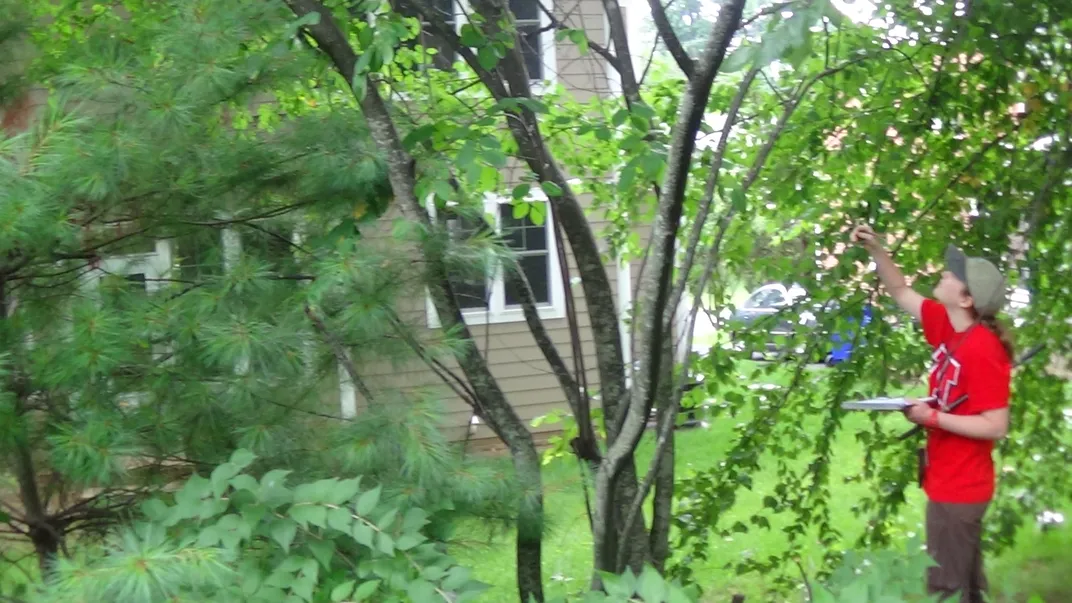
In 2013, Narango and her colleagues placed tubes in the backyards of more than 150 Nestwatch participants to attract breeding Carolina chickadees, which nest in dead tree limbs and other cavities. Over the next three breeding seasons, the homeowners monitored the nesting tubes, inputting data into an online repository. Meanwhile, the researchers carried out systematic plant and insect surveys in the area around each tube, venturing into neighboring yards to match the 50-meter radius that makes up the territory of the breeding chickadees.
To build a population growth model, the scientists tracked the year-to-year survival of more than 800 adult birds, using the homeowners’ reports and archival Nestwatch data. To determine the survival rate of fledglings that had left the nest, the research team employed a technique called radio telemetry, placing transmitters on adults and following them around the neighborhood to study their young. The results showed that, as the proportion of a habitat’s nonnative plant biomass increases, chickadees are forced to change their diet and are less able to successfully reproduce. If more than 30 percent of total biomass in a given area is nonnative, chickadees are not able to maintain a stable local population.
“I was very impressed with the data quality and scale of analysis that allows for a robust test of how nonnative plants can influence the birds living in these habitats,” says Chris Lepczyk, a professor of wildlife biology and conservation at Auburn University who was not affiliated with the study. “This work is critically important towards advancing our understanding of nonnative and invasive species and how they may appear benign, but still markedly affect the ecosystem.”
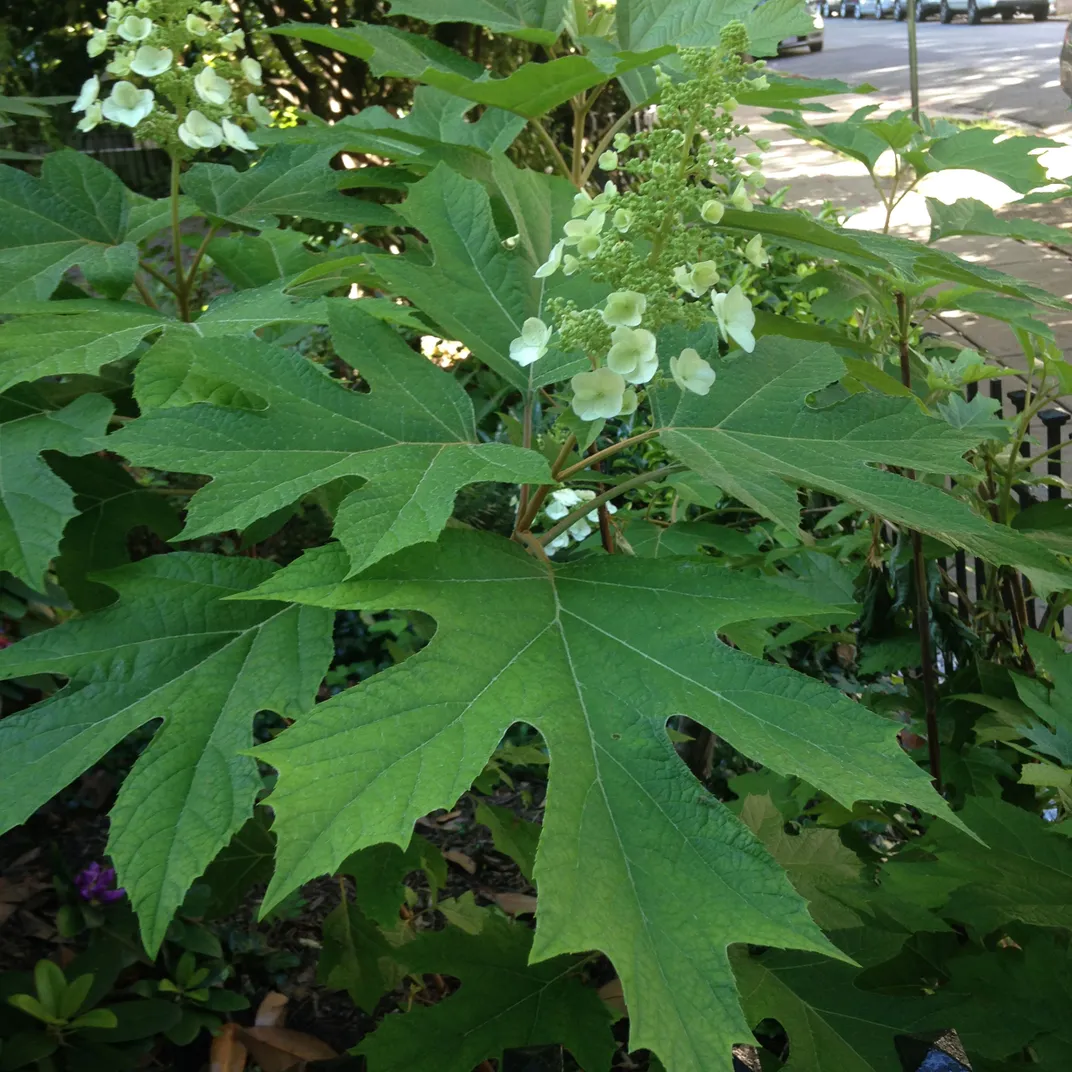
For the homeowners involved in the research, witnessing the effects that their landscaping decisions have on the ecosystem was a transformative experience.
Beth Stewart, a self-described “bird nerd” who lives in Silver Spring, Maryland, was “heartbroken” after Narango approached her in 2013. Narango said that the yard behind Stewart’s recently purchased home would be a valuable one to include in the study, as it was “a perfect example of what not to do.” Stewart agreed to participate and is now a vocal advocate for planting native, avoiding any nonnative additions to her yard and encouraging other community members to do the same in her emails to the neighborhood listserv. “Being a part of any citizen science like this just opens your eyes,” she says. “It just makes you an evangelical for trying to get people to do the right thing.”
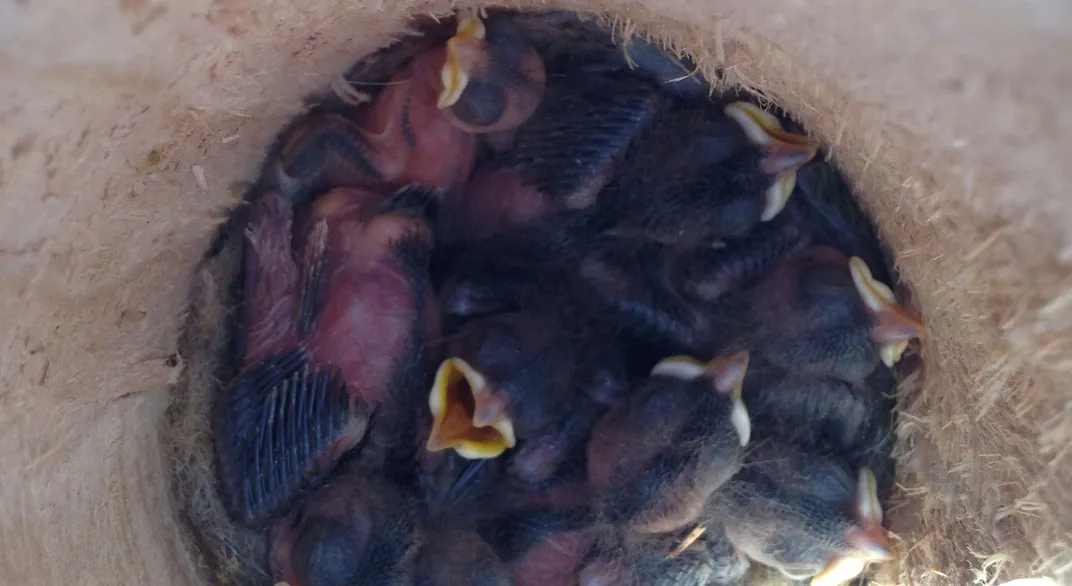
Debbie Hollander, of Arlington, Virginia, was similarly moved. In the first year of the study, her backyard was home to four chicks, only one of which survived to fledge. In the following years, there were no Carolina chickadee nests at all. “I always knew that native plants were important, but actually seeing these scientists walking around and counting caterpillars on the leaves really brought it home to me,” says Hollander. “I would never, ever plant anything now that’s nonnative.”
Across yards like Stewart’s and Hollander’s, Narango’s team documented roughly 360 different species of trees and shrubs. The most popular nonnatives in the region are ornamental street trees, such as ginkgo and crape myrtle.
“I like to joke, especially with crape myrtles, because they’re really popular in D.C., that it’s like a statue in someone’s yard,” says Narango. “It’s not actually providing any ecological services, even though a lot of people find them very pretty.”
/https://tf-cmsv2-smithsonianmag-media.s3.amazonaws.com/filer/af/0d/af0da8b6-c3f3-4030-86a0-93abffa095a2/44273478415_9d0bee5984_o.jpg)
Some of the nonnative culprits may be related to native species but still are not a boon to the local environment. American elm, red maple, and black cherry, for example, are far more beneficial to wildlife than Chinese elm, Japanese maple, and Japanese cherry. The 70/30 threshold, though, gives homeowners a bit of leeway. “If you have a really beautiful Japanese maple that your grandmother gave you, it’s ok to have that one,” says Narango, “as long as you have lots of native plants as well that can provide ecological services for the birds and support local food webs.”
Despite the fact that the study focused on one bird species, the results hold implications for countless other species, including the migratory birds that rely on the same resources as Carolina chickadees on their journeys from South and Central America to the boreal forests of Canada. Likewise, the findings can be extrapolated to habitats beyond the mid-Atlantic U.S. “The general trend will almost certainly hold true, no matter where you are,” says Narango. “Part of the reason that we chose the chickadee as a model species is because it is representative of insectivorous birds more generally.”
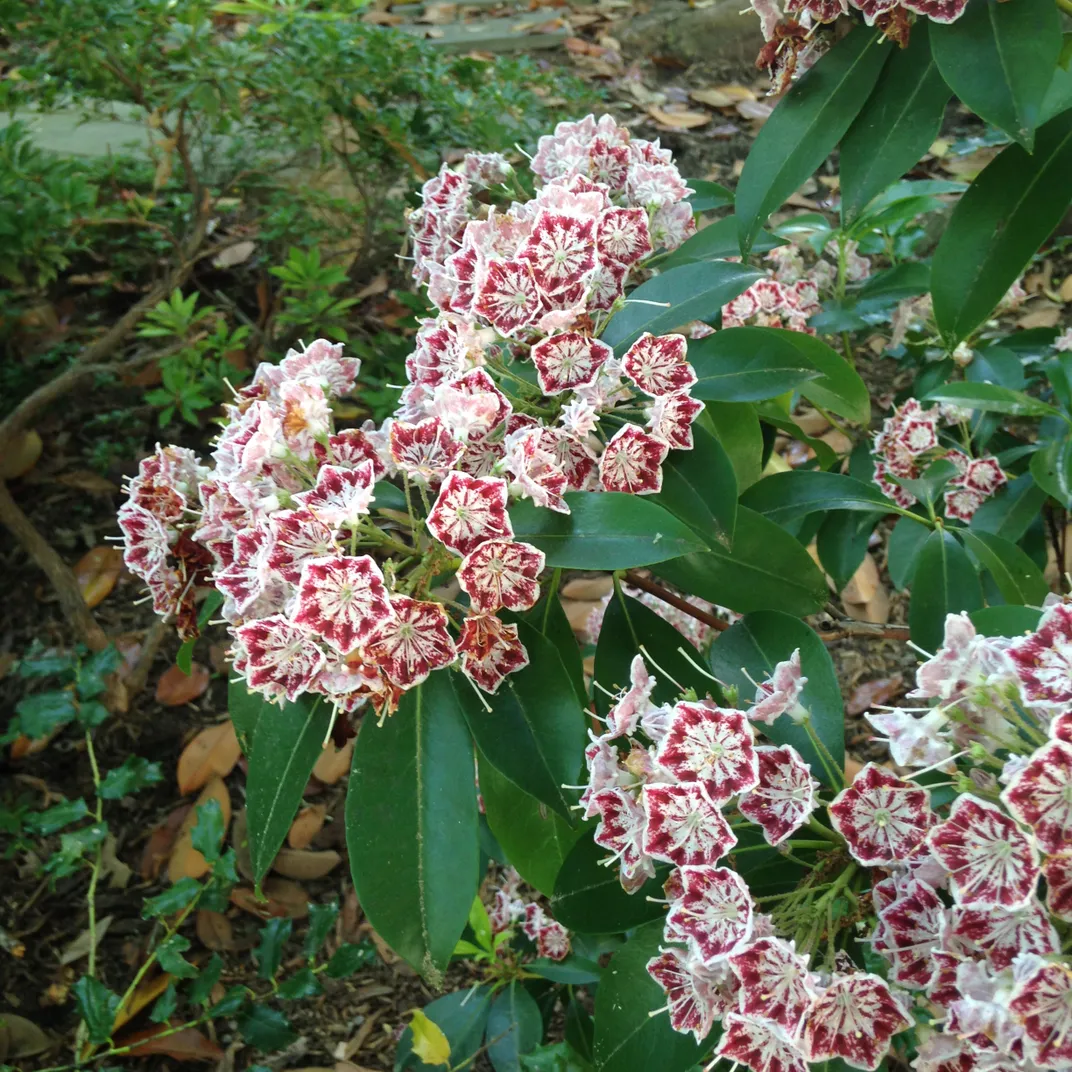
Pete Marra, one of Narango’s coauthors, looks forward to continuing to research how to best support native species in human population centers. To start, landowners can consult National Wildlife Federation and National Audubon Society databases that provide users with details on native plants, down to the zip codes in which they can thrive and the specific bird species that they support.
“We often think about the areas that we live in as being lost souls for nature,” says Marra. “That’s not the case at all. Some of the last frontiers that we can think about restoring are these urban, suburban settings. There are subtle things that we can do in human-dominated habitats to try to make them better for wildlife, and it’s totally worthwhile to do.”
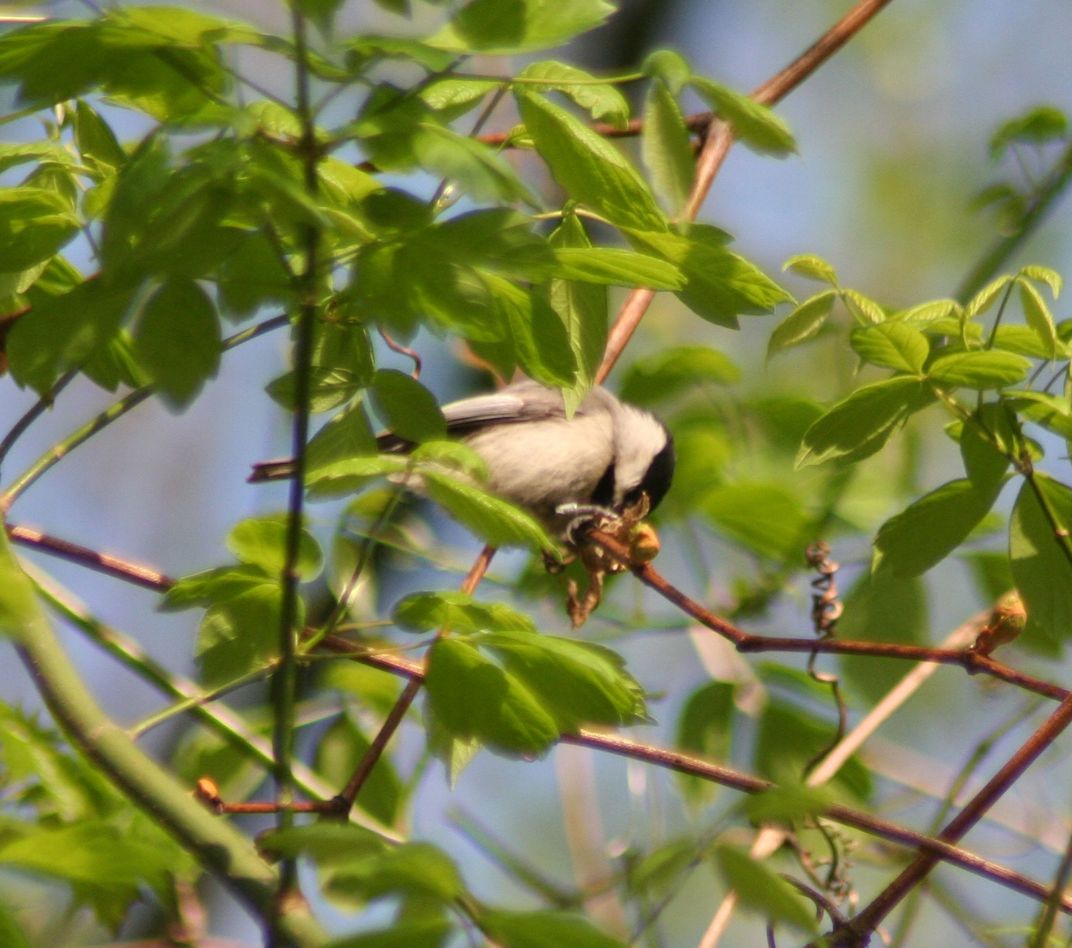
/https://tf-cmsv2-smithsonianmag-media.s3.amazonaws.com/accounts/headshot/AdamGreenScreenSq.jpg)
/https://tf-cmsv2-smithsonianmag-media.s3.amazonaws.com/accounts/headshot/AdamGreenScreenSq.jpg)